Solar energy, refers to the solar thermal radiation energy (see three ways of heat transmission: radiation), the main performance is often referred to as the sun's rays.
In modern times it is commonly used to generate electricity or to provide energy for water heaters.
Since the birth of life on earth, solar energy has lived mainly on the heat radiation provided by the sun, and since ancient times humans have known how to dry things in the sun and use it as a means of making food, such as salt and salted fish.
With the decline of fossil fuels, solar energy system has become an important part of human energy use and is constantly developing.
The utilization of solar energy system includes photothermal conversion and photoelectric conversion. Solar power system generation is a new renewable energy.
In a broad sense, solar energy also includes wind, chemical and water energy on earth.
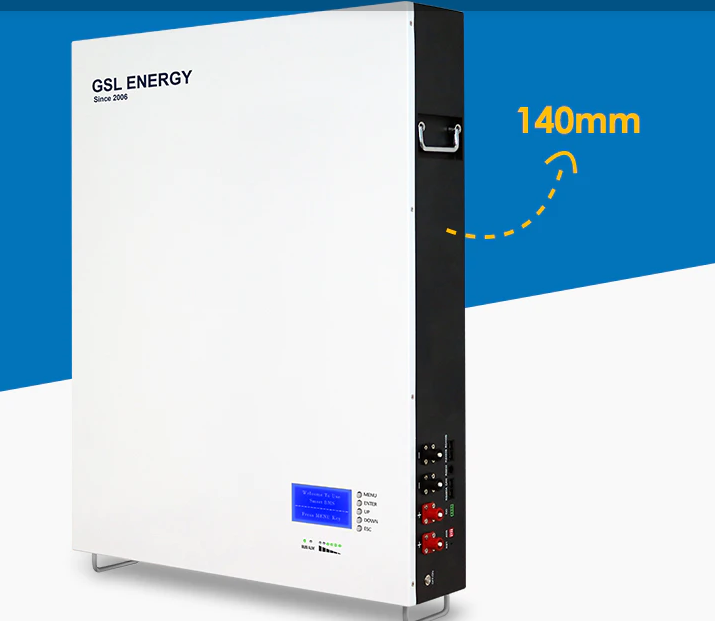
Solar energy system is the energy generated by the fusion of hydrogen atoms inside solar energy, releasing huge amounts of nuclear energy, radiant energy from the sun.
Most of solar energy needed by human beings comes directly or indirectly from the sun.
Plants release oxygen through photosynthesis, absorb carbon dioxide, and convert solar energy into chemical energy for storage in the plant body.
Coal, oil, natural gas and other fossil fuels are also formed by the evolution of ancient plants and animals buried underground through a long geological time.
In addition, water energy, wind energy and so on are also converted from solar energy.
solar energy contained in the earth itself usually refers to solar energy related to the thermal energy inside the earth and the energy related to the nuclear reaction.
Solar energy associated with nuclear reactions is nuclear energy.
When the structure of the nucleus changes, a lot of solar energy can be released, called atomic nuclear energy, nuclear energy for short, commonly known as atomic energy.
It comes from the nuclear fission energy resources stored in the earth's crust when uranium, plutonium and other fission reactions occur, and the nuclear fusion energy resources stored in the ocean when deuterium, tritium, lithium and other fusion reactions occur.
These substances give off energy when nuclear reactions take place.
At present, the biggest use of nuclear energy is to generate solar electricity.
In addition, it can also be used as other types of power source, heat source and so on, examplified by solar energy storage battery, solar battery lithium and solar energy storage battery.
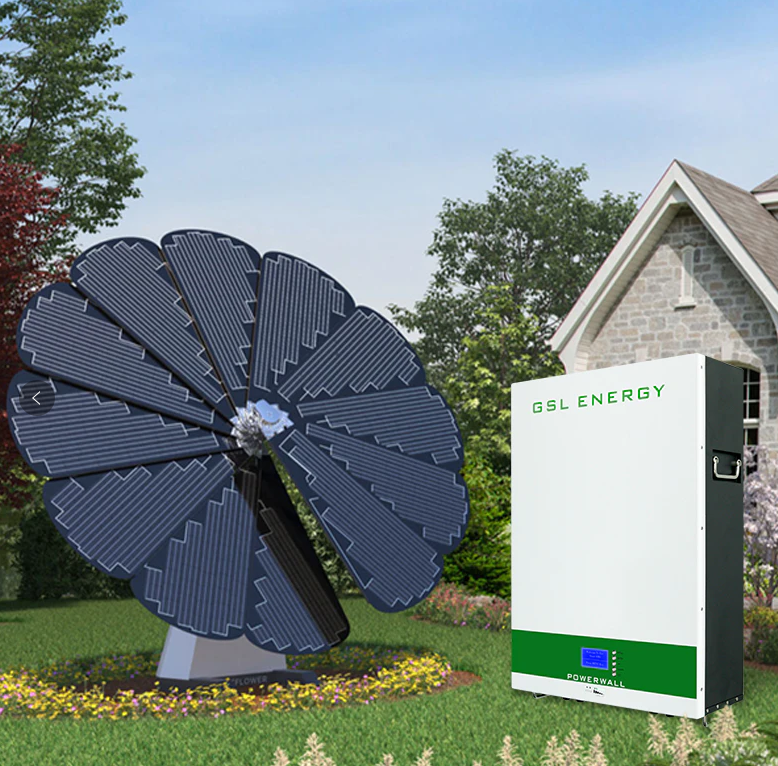
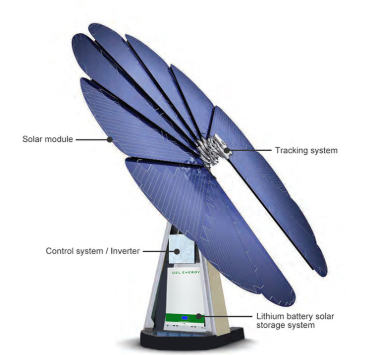
At present, the use of solar energy is not very popular, the use of solar power is still high cost, conversion efficiency is low problems, but solar cells have been used to provide energy for artificial satellites. And solar energy system or solar energy products from China best solar energy products manufacturer, GSL group offers globle customers high-performance solar energy products at competitive factory price. Contact GSL and you'll see GSL is just a right fit for wholesale batteries.
Solar energy system is the solar energy produced by continuous nuclear fusion reactions of spots in or on the surface of the sun.
The average solar radiation intensity in earth orbit was 1,369w/ m2.
The circumference of the earth at the equator is 40,000km, so it can be calculated that the earth gains 173,000TW of solar energy.
On sea level for 1 kw/m2 standard peak intensity, the surface of the earth at some point of the annual average radiation intensity of 24 h is 0.20 kw / ㎡, equivalent to 102000 TW energy, human beings rely on this energy to survive, including all other forms of renewable energy, geothermal energy resources except), although the total solar energy resources is equivalent to more than ten thousand times the current energy use by a human, but solar energy density is low, and it varies from place to place, due to the circumstances, it is a major problem faced by the development and utilization of solar energy.
These characteristics of solar energy system will make it clear the role of solar energy engineering map in the overall energy system is limited.
Although the sun radiates only about 2.2 billion times as much energy into the earth's atmosphere as it does, it reaches 173,000TW, which means that the sun hits the earth with the equivalent of 5 million tons of coal per second and 499,400, 000 kilojoules per second.
Earth's wind, water, ocean temperature, wave and biomass energy all come from the sun;
Even the fossil fuels on earth (such as coal, oil, natural gas, etc.) are fundamentally solar energy stored since ancient times, so the broad sense of solar energy includes a very large range, while the narrow sense of solar energy is limited to the direct conversion of solar radiant energy into heat, photoelectricity, and photochemistry.
Solar energy is both primary energy and renewable solar energy.
Solar energy is rich in resources, can be used for free, but brings no transport, no pollution to the environment.
Solar energy for solar enegy product has created a new way of life for mankind, which makes the society and mankind enter an era of energy saving and pollution reduction.
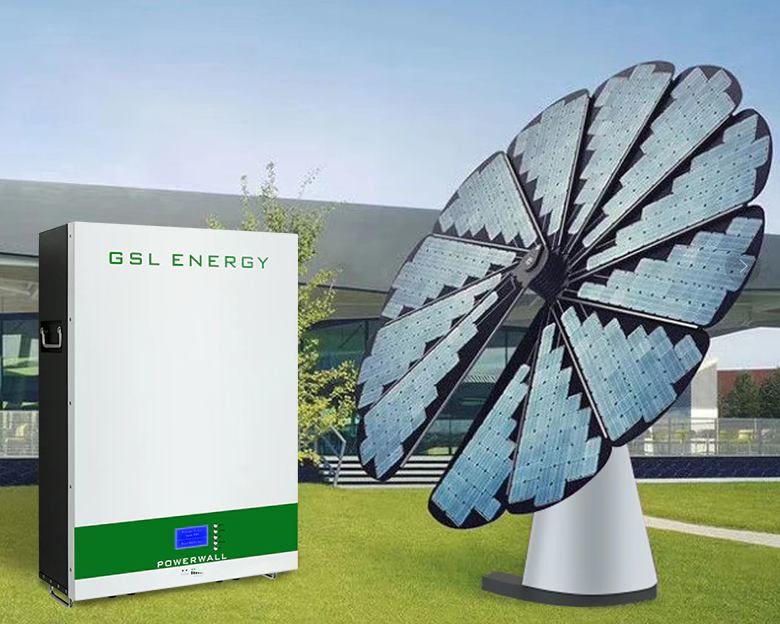
Solar powerwalls are devices that generate direct current electricity when exposed to sunlight. Solar energy consists of solid photovoltaic cells made almost entirely of semiconductor materials, such as silicon.
Because there is no active part, it can be operated for a long time without causing any loss.
Simple photovoltaic cells of solar powerwalls can provide energy for watches and computers, while more complex photovoltaic systems can provide lighting, traffic signals and monitoring systems for houses, and power to the grid.
Photovoltaic panel modules of solar powerwalls can be made into different shapes, and the modules can be connected to generate more electricity.
In recent years, photovoltaic panels or solar powerwalls can be used on rooftops and building surfaces, or even as part of Windows, skylights or shielding devices, often referred to as photovoltaic systems attached to buildings.
Photovoltaic module installations are expected to decline in 2012 for the first time in more than a decade as overcapacity cuts profits for the world's top five manufacturers, according to a study.
Households and businesses worldwide will install 24.8GW of photovoltaic modules, according to the average forecast of six analysts by Bloomberg.
That is equivalent to about 20 nuclear reactors, but down 10% from 27.7GW of new photovoltaic installations last year.
Bloomberg New Energy Finance estimates that annual installations have grown 61 per cent since 1999.
Solar heat generated by solar energy products
Modern solar-thermal technology aggregates sunlight and USES its energy to produce hot water, steam and electricity.
In addition to using appropriate technology to collect solar energy, buildings can also harness the sun's light and heat by incorporating appropriate equipment in their design, such as giant southward Windows, or by using building materials that absorb and slowly release the sun's heat.
The pros and cons analysis of solar energy
Advantages of solar energy
(1) Universal: The sun shines on the earth, and there is no geographical limit. It is everywhere, whether on land or sea, whether on mountains or islands, and solar energy can be exploited and utilized directly without mining or transportation.
(2) No harm: The development and utilization of solar energy product will not pollute the environment, it is one of the cleanest energy, in the environmental pollution is becoming more and more serious today, solar energy is extremely valuable.
(3) Huge: The amount of solar radiation that reaches the earth's surface each year is equivalent to about 1.3 trillion tons of coal, the largest amount of energy that can be exploited in the world today.
(4) Longevity: According to the current rate of nuclear energy produced by the sun, the hydrogen storage capacity is enough to last for tens of billions of years, and the life of the earth is about billions of years. In this sense, solar energy can be said to be inexhaustible.
Disavantages of solar energy
(1) Dispersion: Although the total amount of solar radiation reaching the earth's surface is large, the solar energy flow density is low.
On average, the solar radiation near the tropic of Cancer reaches its maximum irradiance at noon when the weather is relatively clear. The solar energy received on an area of 1 square meter perpendicular to the direction of sunlight is about 1,000W on average.
On an annual average day and night, solar energy is only about 200W.
But in winter only about half, cloudy days only about 1/5, such solar energy flow density is very low.
Therefore, in the use of solar energy, to get a certain conversion power, solar energy often needs a large area of a set of collection and conversion equipment, high cost for solar energy product.
(2) Instability: Due to the constraints of natural conditions such as day and night, season, geographical latitude and altitude, as well as the influence of random factors such as sunshine, shade, cloud and rain, the solar irradiance reaching a certain ground is both intermittent and extremely unstable, which increases the difficulty for large-scale application of solar energy.
Continuous and stable efforts in order to make solar energy, and eventually will be able to compete with conventional energy alternatives, it is necessary to well solve the problem of solar energy storage, namely the sunny during the day the sun radiant energy stored as far as possible, for the night or rainy day, but at the moment, solar energy storage is one of the relatively weak link in solar energy utilization.
(3) Low efficiency and high cost for solar energy kit: At present, the development level of solar energy product utilization is feasible in theory and mature in technology.
But some solar energy product installations, because of their low efficiency and high cost, are generally not economically competitive with conventional energy sources.
In a considerable period of time to come, the further development of solar energy utilization is mainly restricted by economy.
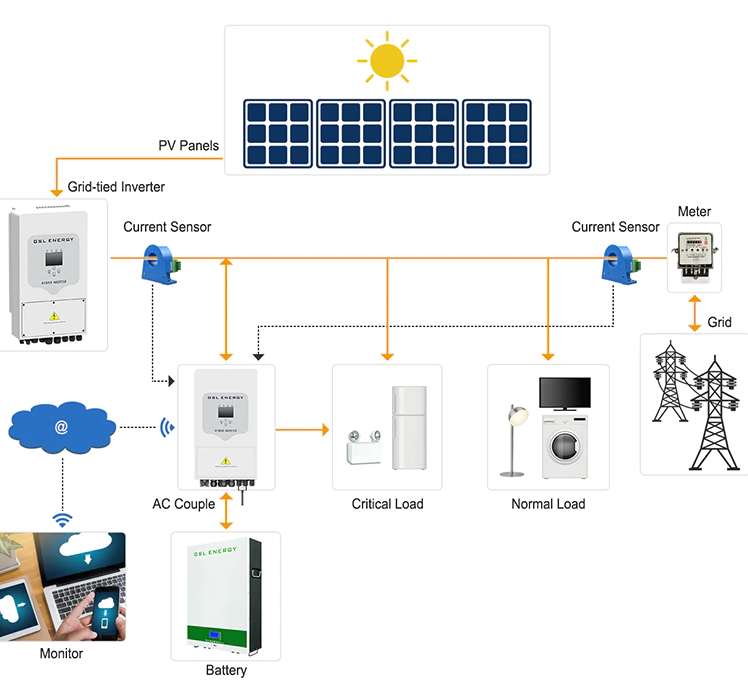
Solar energy product application
Its basic principle is to collect the radiant energy of the sun, which can be converted into heat energy through interaction with matter.
At present, the most commonly used solar energy collection devices include plate collector, vacuum tube collector, ceramic solar collector and focus collector.
Solar thermal utilization is usually classified as low temperature utilization (& LT;
200℃), medium temperature utilization (200 ~ 800℃) and high temperature utilization (& GT;
800 ℃).
At present, the utilization of low temperature mainly includes solar water heater, solar dryer, solar still, solar house, solar greenhouse, solar air conditioning and refrigeration system, etc., the utilization of medium temperature mainly includes solar oven, solar thermal power generation, light collection and heat collection device, etc., and the utilization of high temperature mainly includes high temperature solar oven, etc.
Solar powerwalll generation
The large-scale utilization of solar energy powerwall in the future will be used to generate electricity.
There are many ways to use solar energy to generate electricity.
At present already practical basically there are the following two kinds.
(1) Light-heat-electricity conversion.
That is to use the heat generated by solar radiation to generate electricity.
Generally, solar collectors are used to convert the heat absorbed into steam of working medium, and then the steam drives a gas turbine to drive a generator to generate electricity.
The former is light - heat conversion and the latter is heat - electricity conversion.
(2) Opto-electric conversion.
Its basic principle is to convert solar radiant energy into electric energy directly by using photovoltaic effect. Its basic device is solar cell.
(3) Photochemical conversion
Solar powerwall panel material
Resistant to ultraviolet radiation, transmittance does not decrease.
Components made of tempered glass can withstand a 25mm diameter ice ball hitting them at a speed of 23 m/s.
Performance requirements after curing of EVA film for solar cell packaging:
Transmittance greater than 90%;
The degree of cross-linking is greater than 65-85%;
Peel strength (N/cm), glass/film > 30;
TPT/ film > 15;
Temperature resistance: high temperature 85℃, low temperature -40℃.
TPT: The back of solar cell, anti-aging, anti-corrosion, anti-ULTRAVIOLET radiation, impermeable and other basic requirements.
Solar photochemical use
This is a light-chemical conversion that USES solar radiation to break down water directly to make hydrogen.
It includes photosynthesis, photochemistry, photosensitive chemistry and photodecomposition reaction.
Photochemical conversion is a process in which chemical energy is converted into chemical energy by a chemical reaction caused by absorption of light radiation.
The basic forms are plant photosynthesis and photochemical reactions that use chemical changes in substances to store solar energy.
Plants rely on chlorophyll to convert light energy into chemical energy to realize their own growth and reproduction. If the mystery of photochemical transformation can be revealed, artificial chlorophyll can be used to generate electricity.
At present, solar photochemical conversion is being actively explored and studied.
Photobioutilization
The process of converting solar energy into biomass is realized through the photosynthesis of plants.
At present, there are mainly fast-growing plants (such as firewood forests), oil-bearing crops and giant algae.
Range of application
Solar power generation is widely used in solar street lamps, solar pest lights, solar portable systems, solar mobile power, solar energy application products, communication power, solar lamps, solar buildings and other fields.
Solar energy is the energy produced by a continuous process of nuclear fusion inside the sun.
The average solar radiation intensity in earth orbit is 1367kW/m2.
The circumference of the earth at the equator is 40000km, so it can be calculated that the earth gains 173000TW of energy.
The standard peak intensity at sea level is 1kW /m2, and the average annual radiation intensity at a point on the earth's surface for 24 hours is 0.20kW /m2, equivalent to 102000TW of energy.
More info about solar energy and solar energy battery, contact us, GSL GROUP Limited., China best solar energy products manufacturer.

